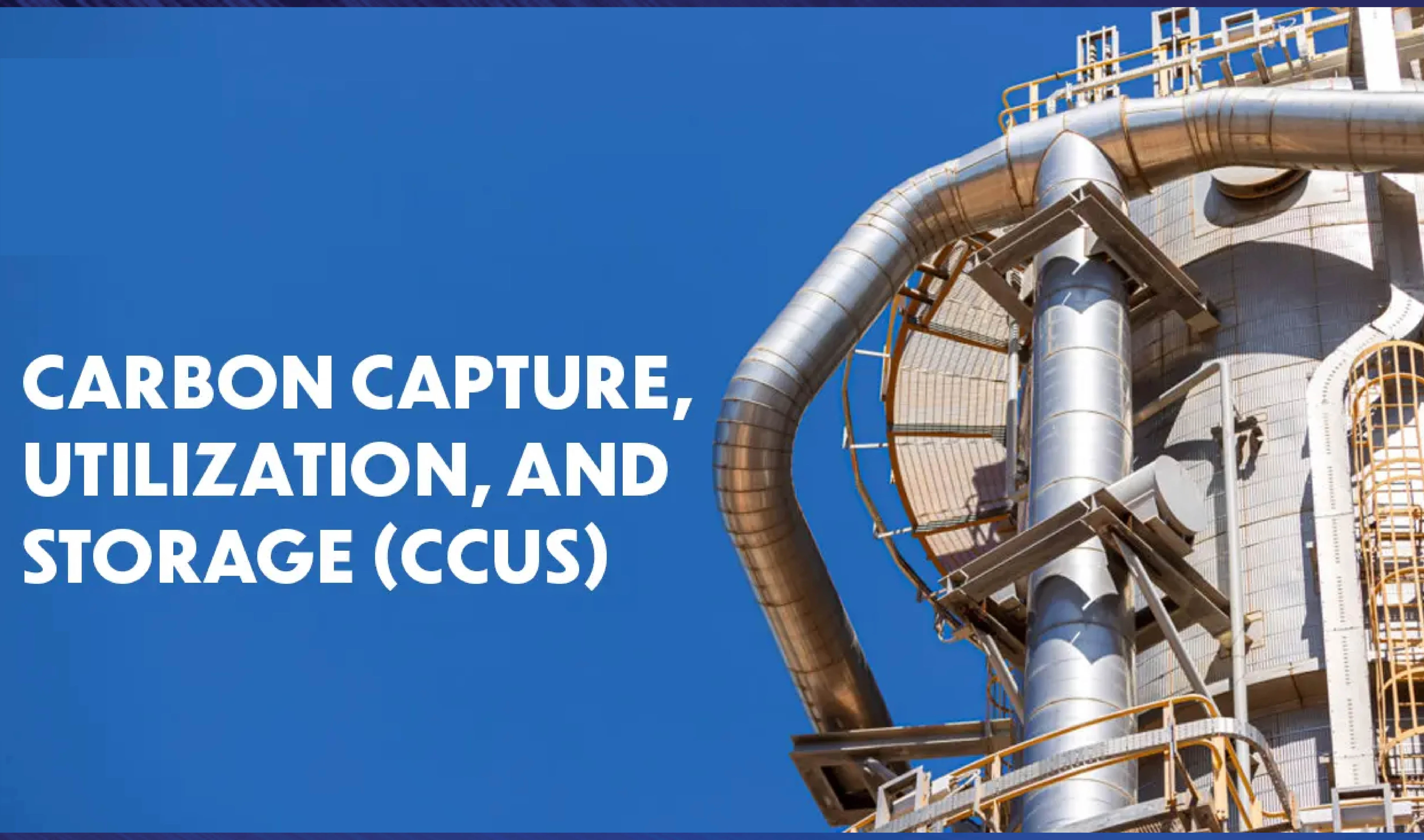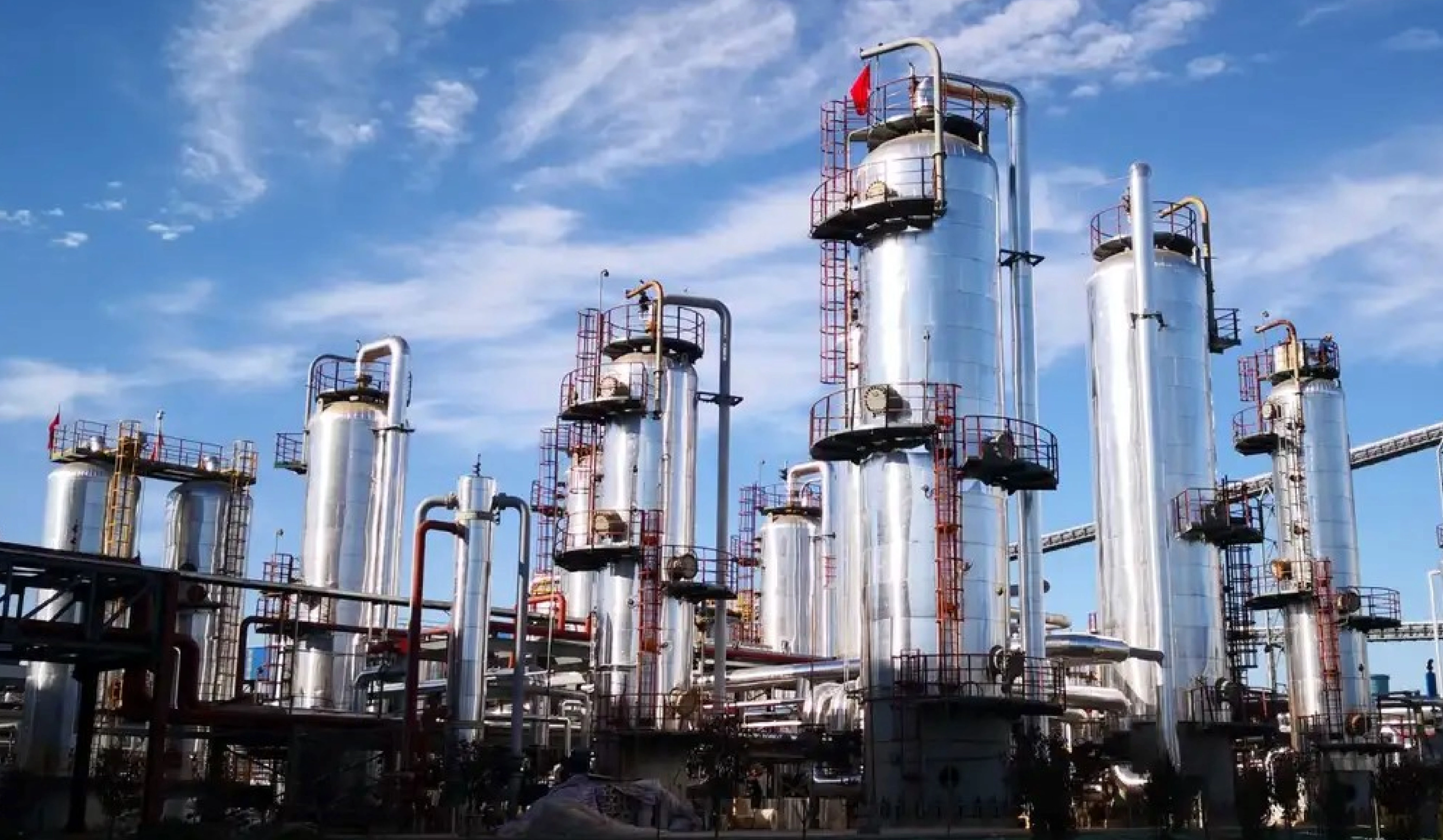E-methanol offers a viable path for reducing emissions in hard-to-abate sectors such as shipping and chemical manufacturing.
What is e-methanol (or electro-methanol)?
- It is a low-carbon energy produced by combining green hydrogen with captured carbon dioxide.
- E-methanol production typically involves three key steps:
- Green hydrogen generation: Renewable energy-powered water electrolysis creates the hydrogen feedstock.
- CO2 capture: Carbon dioxide is captured from industrial flue gases (e.g. steel mills or cement plants) or directly from the air, reducing overall emissions at the source.
- Methanol synthesis: The hydrogen and CO2 are combined in a catalytic reactor under pressure, yielding methanol with minimal by-products.
- Benefits: Can be used without a change in infrastructure; Stable (can be stored at room temperature and ambient pressure); versatile (can be used as other fuels).
- Applications: Apart from the shipping industry, its derivatives gasoline and kerosene provide solutions for road and air transport.
- Challenges: E-methanol remains significantly more expensive than fossil-based methanol due to high renewable electricity costs and production inefficiencies.
‘Methanol Economy’ Programme in India (by NITI Aayog)
|





